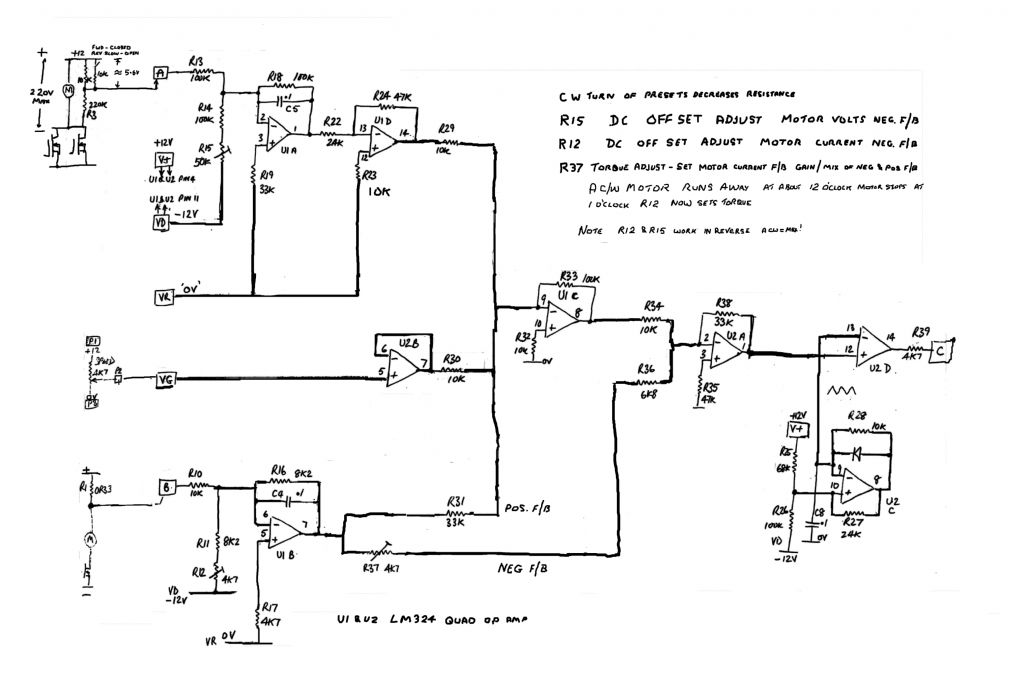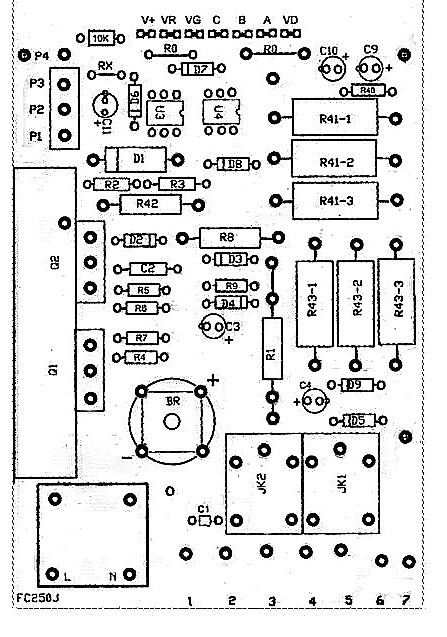Hi,
What an interesting and useful thread.
My wife Bronwyn kindly bought me a second-hand Clarke CL300M as a Chrstmas present. Mine too has now expired having blown it's circuit board.
I've replaced both Mosfet's and the 22uF electrolytic but it still blows fuses.
All I want a lathe to do is to work and turn material. Unfortunately I've worked on industrial lathes and even owned a Colchester Triumph so it didn't take me long to destroy this Clarke?
I'm pleased this thread has been added highlighting just how fragile these circuit boards are.Wanting to use a lathe I don't expect having to start replacing electronic components; grounding myself to earth through wrist/ankle straps; grounding the soldering iron just so that I don't blow a semi-conductor because of static.
If I understand correctly these genuine boards cost around £130? WOW; I'm a tight Yorkshireman and buying one of these boards only to destroy it would bring tears to my eyes. Our friend who was the previous owner had already bought a new board and has since posted the original board to me so now I have two dead boards. Hardly my idea of a pleasant session in the workshop turning metal.
Yesterday I visited a sewing machine centre and asked for information regarding the types of sewing machine motor available being interested in the industrial types. The guy was most helpful and I waited until the store cleared of customers. I was shown a brand new motor with control but this at 80W was only a toy. I was then taken into the back of the store and given a demonstration of an industrial machine fitted with a clutch motor. This was most impressive but still not quite what I had in mind. I was worried about burning the clutch out and also the take up looked a bit fierce which would take some controlling.
I had been browsing eBay so I asked if he was familiar with "Servo Motors". At this the guy said I think I've got exactly what you are looking for but is is expensive; well it would be wouldn't it? He went into his stockroom and pulled out a box placing the box on the counter. The motor was removed and in turn placed on the counter then plugged in and switched on. By now other customers were watching everything we were doing but I was unabashed and kept asking questions and inspecting this servo motor very closely.
The mains switch was illuminated indicating power was on but the motor was not operating; the guy then pulled a lever and the motor came to life running very quietly indeed. This really did look most impressive; at 400W it is a lot more powerful than the Clarke 300W motor and this new motor is also fitted with a speed control operated by a potentiometer dial from something like 500rpm up to 3,500rpm. It is reversible and comes with a pulley and all mountings. In the box is the pulley cover; mounting bolts; spare fuse and spare brushes.
The box is marked at £189 +VAT; I walked out with the new motor being £160 lighter for cash. As I write I don't even know what I'm in for in attaching this lovely servo motor to the Clarke but I'm sure going to try because I'm not accepting this Clarke blowing circuit board after circuit board.
This servo motor uses 70% less power than a clutch motor and it's wonderful just playing with it watching how smoothly it runs.
I did ask if this servo motor would withstand many start/stop cycles and the guy actually laughed saying when these motors are installed into a sewing machine all they ever do is receive lots of punishment through repeated start/stop cycles which of course he is correct.
My initial plan is to rig up a small countershaft using common pillow blocks but hopefully I'll be able to start a new thread if all goes to plan.
I'm sorry if I appear to be hi-jacking this excellent thread which is extremely useful for those wishing to keep their lathes as original. I like to experiment. A few years ago I installed 3 phase 415V at over 10hp into my garage winding my own transformer by hand; it makes life more interesting.
Kind regards, Col.
jacek nowak.










